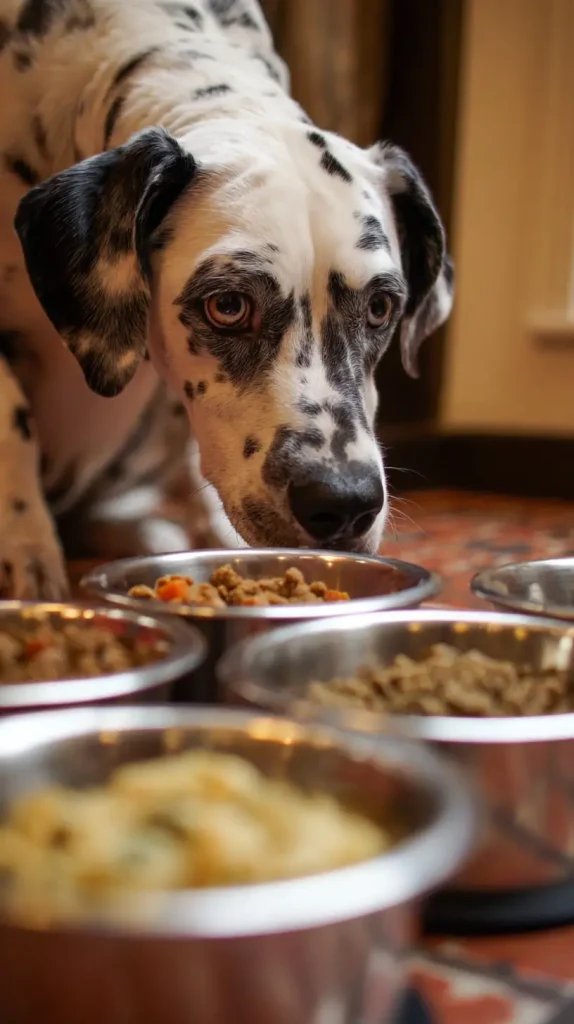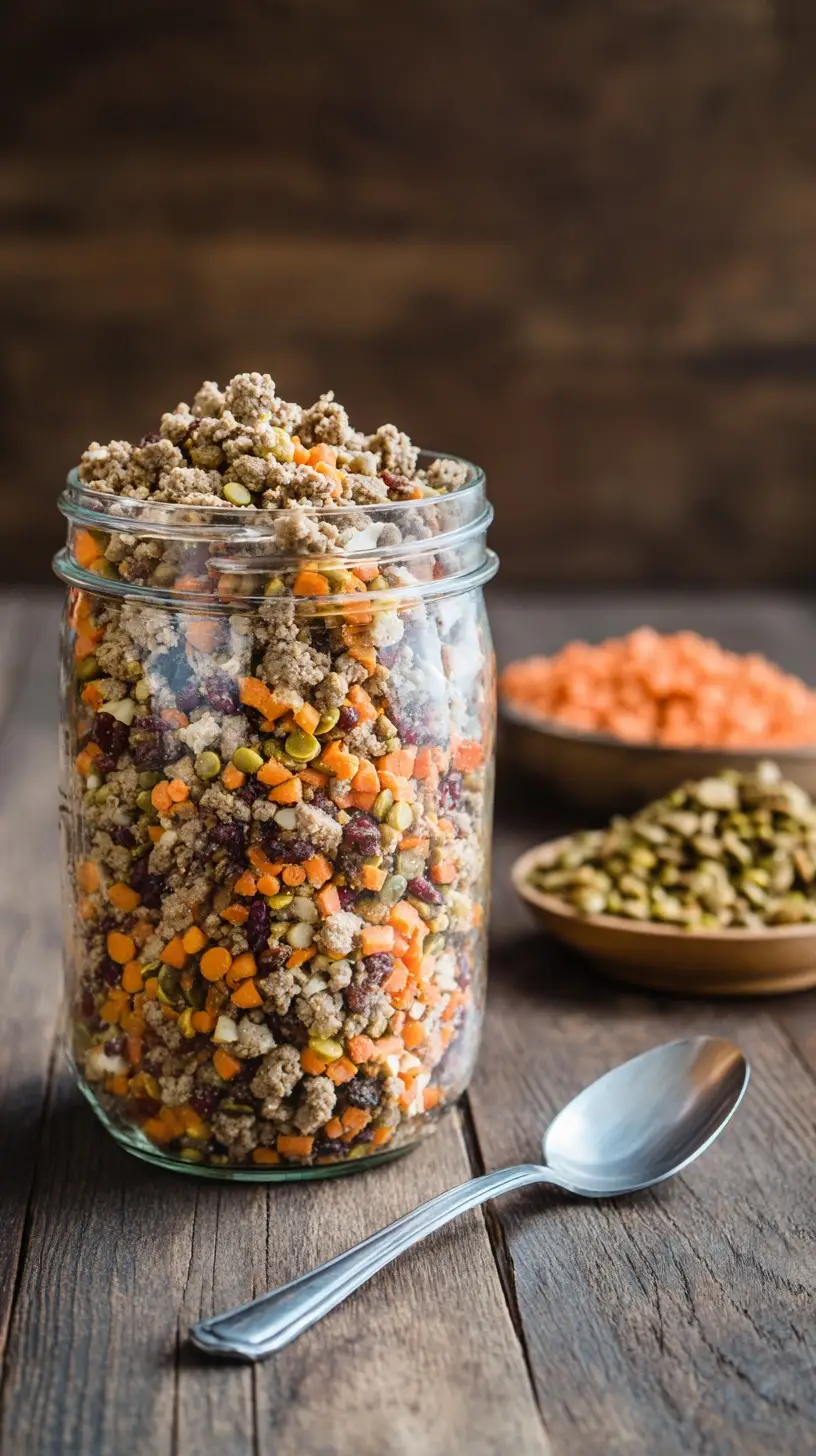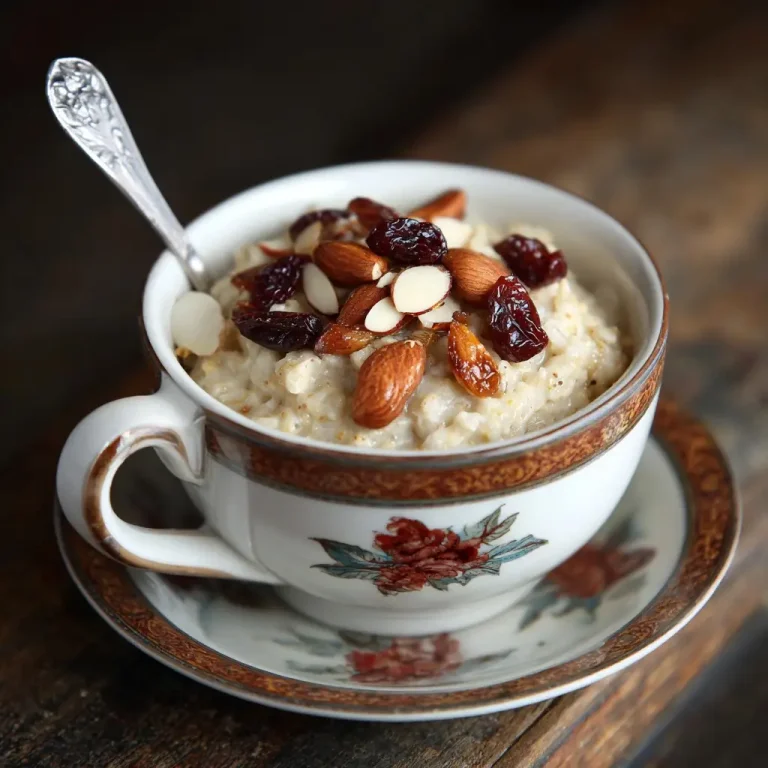Homemade Dog Food Recipe for Healthy and Happy Pets | Easy & Nutritious Guide
Introduction
Cooking food for a dog at home can feel deeply rewarding. You gain control over every ingredient. You understand exactly what goes into each bowl. You see your companion’s tail wag when feeding time arrives. Quality matters. Every bite carries nourishment, safety, and love. Preparing meals at home can foster a strong bond. You learn how your dog responds to textures and flavors. You notice digestion and energy level adjust. You avoid questionable fillers. You can tailor food toward your dog’s size, age, activity, allergies. You can vary protein sources, grains, vegetables. Nutrition becomes a mindful act. You enjoy knowing that each recipe supports healthy muscles, shining coat, calm digestion. This article guides you through making balanced meals at home. You will find ingredient details, calories, step‑by‑step cooking instructions, nutrition notes, plus tips to customize every batch. You will finish confident in feeding your dog homemade food that is safe, delicious, and wholesome.

Ingredients Needed
Here is a table with common ingredients used in this recipe along with approximate calorie counts per typical portion (per 100 g unless otherwise noted):
| Ingredient | Calories (per 100 g) |
|---|---|
| Lean ground turkey | 120 kcal |
| Cooked brown rice | 110 kcal |
| Carrot (chopped) | 41 kcal |
| Green beans (chopped) | 31 kcal |
| Sweet potato (cubed) | 86 kcal |
| Pumpkin puree | 26 kcal |
| Spinach (chopped) | 23 kcal |
| Olive oil (1 tbsp) | 119 kcal (per 13 g) |
| Egg (large) | 72 kcal (whole) |
| Cottage cheese (low fat) | 98 kcal |
Every ingredient provides benefit. Turkey offers lean proteins. Brown rice supports energy and gentle digestion. Vegetables add fiber, vitamins, minerals. Olive oil gives essential fats. Egg supplies amino acids and choline. Cottage cheese adds calcium and taste.
Step‑by‑Step Cooking Instructions
- Gather fresh ingredients and prepare cooking space with clean bowls and utensils.
- Brown ground turkey in a large pan over medium heat until fully cooked. Stir to break it apart. Avoid letting any part remain raw.
- Cook brown rice separately according to package directions. Fluff with a fork once done.
- In another pot, steam chopped carrots, green beans, and sweet potato until tender but not mushy. Drain excess water.
- Combine cooked turkey, rice, and steamed vegetables in a large mixing bowl.
- Stir in pumpkin puree and chopped spinach while the mixture is still warm. Spinach wilts easily.
- Lightly beat the egg in a small bowl then drizzle over the warm mixture. Mix thoroughly so the egg cooks slightly from the residual heat, helping bind ingredients.
- Add olive oil and cottage cheese. Stir until evenly incorporated.
- Let the mixture cool to room temperature before serving.For more delicious ideas, don’t miss homemade dog food recipes vet approved which pairs perfectly with this recipe.
- Portion into airtight containers or freezer‑safe bags. Label with date. Refrigerate for up to three days or freeze for up to three months.

Tips for Customizing the Recipe
You can adapt the recipe to suit your dog’s needs or preferences without losing balance. Swap lean ground turkey for ground chicken, beef, or lamb if your dog tolerates it well. Use quinoa or barley if your dog digests them better than rice. Introduce pumpkin puree gradually if fiber intake is new. Include peas, zucchini, or apple slices for seasonal variety. Add fish oil or flaxseed for omega‑3 fatty acids when coat health is a priority. Blend in a spoon of plain unsweetened yogurt for probiotics if digestion could be gentler. Reduce rice and increase vegetables for lower‑calorie needs. Omit cottage cheese if your dog is sensitive to dairy and use tofu or mashed white beans instead for calcium and protein. Monitor weight and energy when changing portions. Talk to your veterinarian before making major changes, especially for puppies, seniors, or dogs with medical conditions.
Nutritional Information
Every serving delivers a balanced combination of macronutrients and micronutrients.
Protein comes from turkey, egg, cottage cheese. Amino acids support muscle, immune function, and skin. Carbohydrates from rice, sweet potato, and pumpkin provide energy and fiber. Fiber from vegetables supports digestion and stool quality. Healthy fats from olive oil offer energy and support brain and coat health. Vitamins A and C come from carrot, sweet potato, spinach, pumpkin. Minerals such as calcium, phosphorus, potassium, magnesium, and iron appear across ingredients. Choline in egg supports brain and liver health. Spinach and pumpkin supply antioxidants. Cottage cheese provides probiotics if raw, and calcium for bone strength. Glycemic index remains moderate, balancing blood sugar and energy levels.
Quantitatively, a typical 300 g serving roughly contains:
‑ Approximately 360 kcal
‑ Protein: around 25 g
‑ Fat: around 12–15 g
‑ Carbohydrates: around 30–35 g
These values vary based on exact portions and ingredient brands.

Serving Suggestions
Serve the homemade food at room temperature. Make sure it is not hot. Mix in a small spoonful of bone broth or unsalted chicken broth for enticing aroma. Top with finely chopped parsley or a pinch of turmeric powder for flavor and joint support. Serve alongside a fresh water bowl. If the meal is for puppies, reduce portion size and increase feeding frequency. For adult dogs, feed twice daily, portioning according to weight and activity level. Monitor appetite and digestion after introducing new recipe. For picky eaters, gently warm food or mix with a favorite commercial topper to encourage interest. Freeze in individual portions and thaw overnight in the fridge for convenience. Always wash hands and bowls thoroughly after preparation to maintain safety.
Homemade Dog Food Recipe for Healthy and Happy Pets | Easy & Nutritious Guide
Course: Blog4–6 meals
servings15
minutes30
minutes360 kcal
kcalIngredients
1 lb (450 g) lean ground turkey
1 cup cooked brown rice
1 cup chopped carrots
1 cup chopped green beans
1 cup cubed sweet potatoes
½ cup pumpkin puree (plain, unsweetened)
½ cup chopped spinach (fresh or frozen)
1 large egg
1 tablespoon olive oil
¼ cup low-fat cottage cheese
Directions
- Cook the ground turkey in a large skillet over medium heat until fully browned, breaking it up as it cooks. Drain any excess fat if needed.
- Meanwhile, cook the brown rice according to package instructions. Set aside.
- Steam the carrots, green beans, and sweet potatoes until tender. This usually takes about 10–12 minutes.
- In a large mixing bowl, combine the cooked turkey, rice, and steamed vegetables.
- Add pumpkin puree and chopped spinach to the warm mixture. Stir gently so the spinach wilts.
- Beat the egg in a small bowl and stir it into the mixture while still warm to lightly cook the egg and bind the ingredients.
- Add olive oil and cottage cheese, then mix everything until well blended.
- Let the mixture cool completely before serving or storing.
Recipe Video
Notes
- Always serve this food at room temperature. Store leftovers in the refrigerator for up to 3 days or freeze in meal-sized portions for up to 3 months. This recipe provides a well-rounded meal, but it’s best to consult your veterinarian for any supplements or portion adjustments based on your dog’s breed, age, and health.
FAQs
What portion size is ideal for my dog
Portion depends on weight, age, activity level. As a guideline, feed about 2 to 3 percent of body weight daily. For a 10‑kg dog this equals 200 to 300 g a day, split across meals. Adjust if weight changes.
How do I transition from store‑bought food to homemade meals
Start with a mix: 25 percent homemade with 75 percent original food for three days. Then move to 50–50 for the next three days. Then 75 percent homemade for three days. Finally full homemade after about nine days. Watch digestion during transition.
Are supplements needed
A well‑balanced homemade diet covers most nutrients. A multivitamin or fish oil might help depending on needs. Always check with your veterinarian before adding supplements.
Can dogs with allergies use this recipe
Yes if allergen ingredients are removed. Replace common triggers like turkey or rice with novel proteins (duck, venison) and alternative grains (oats, millet). Consult a veterinary nutritionist for severe allergy cases.
How long can I store the food
Refrigerate up to three days. Freeze in portions up to three months. Thaw overnight in fridge. Discard if appearance or smell changes.
Conclusion
Feeding homemade dog meals can enrich your daily routine in a meaningful way. You gain clarity over each ingredient and support your companion’s vitality. You can shape recipes around preferences and health goals. You nurture trust and enjoyment with every meal








